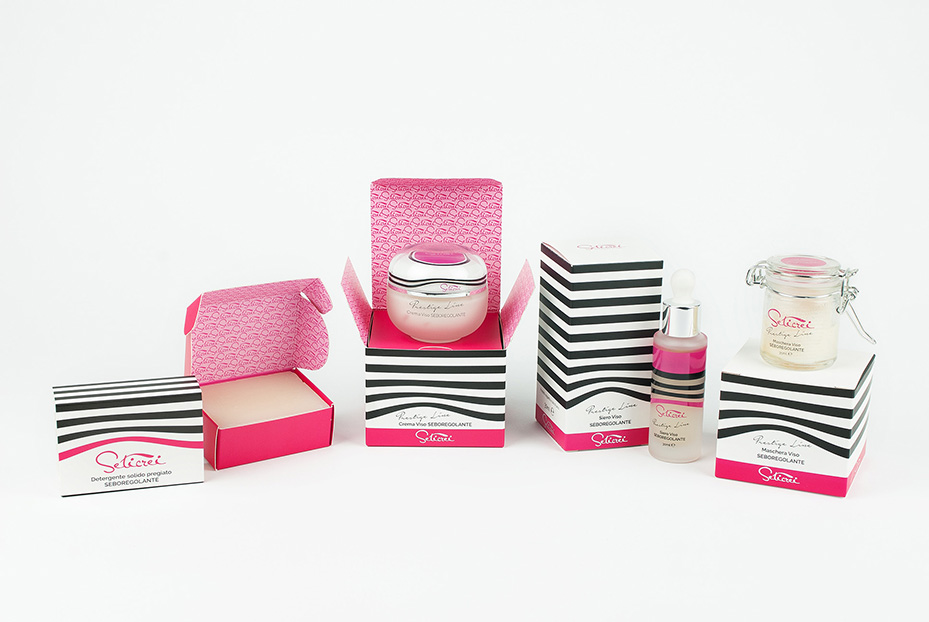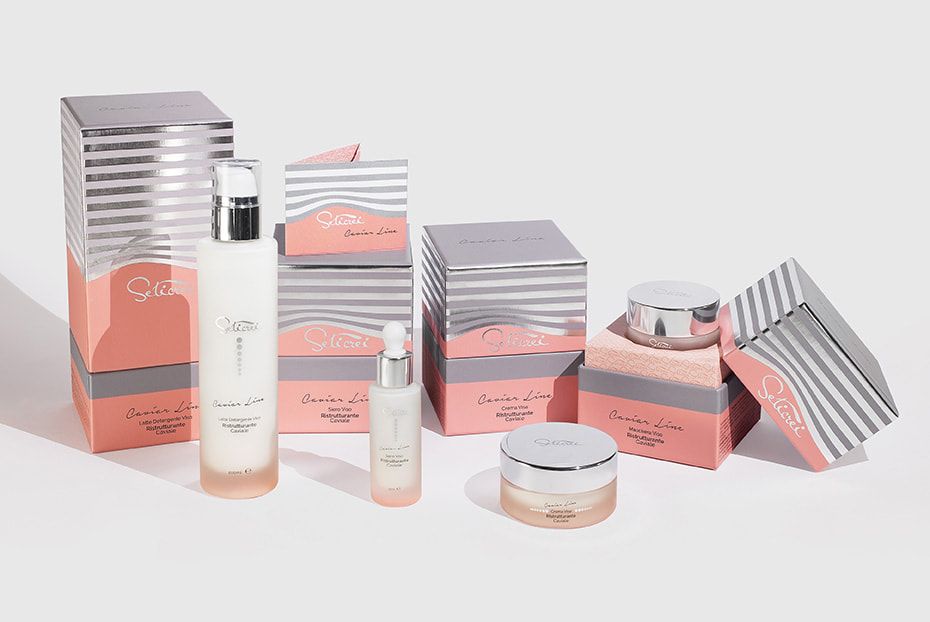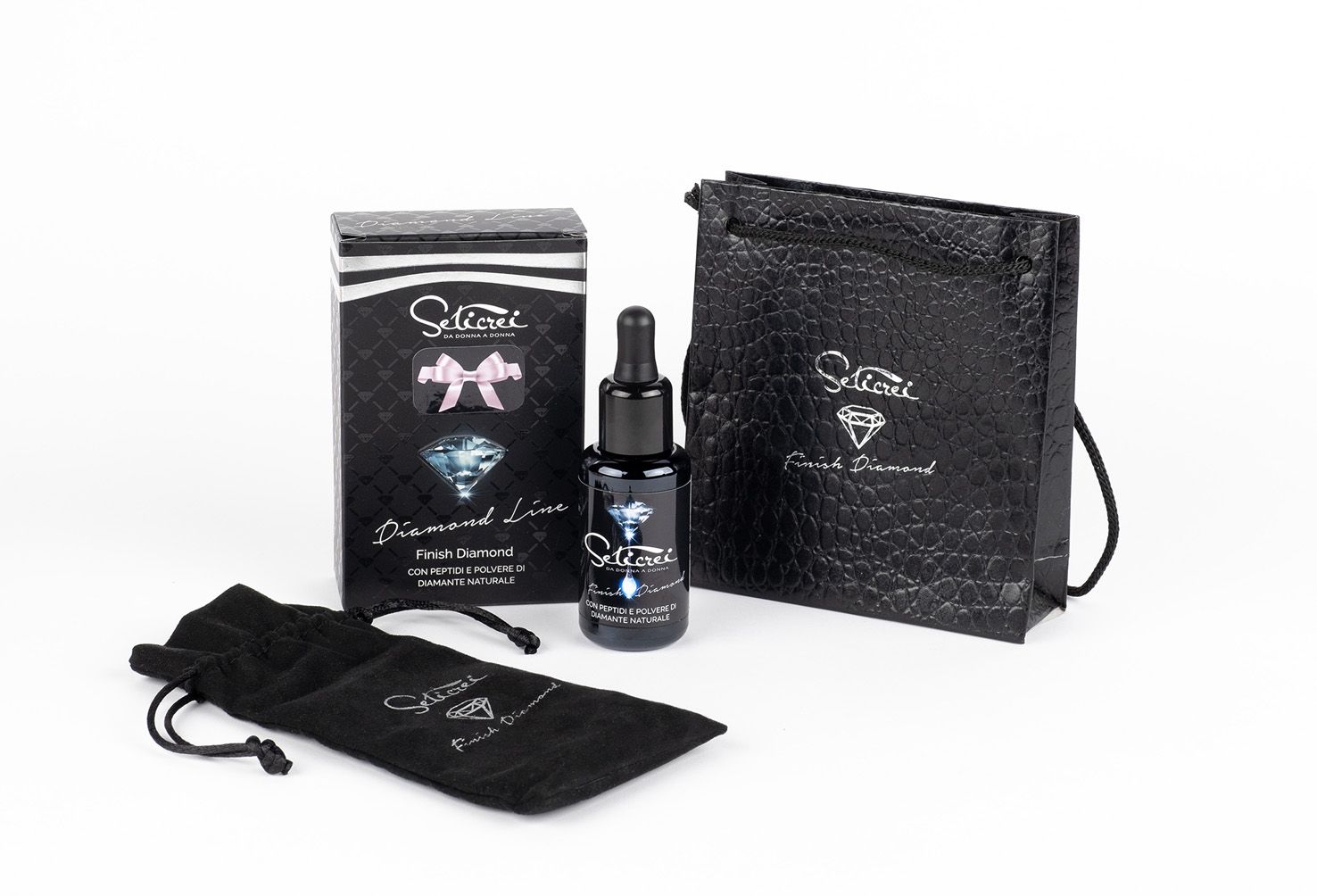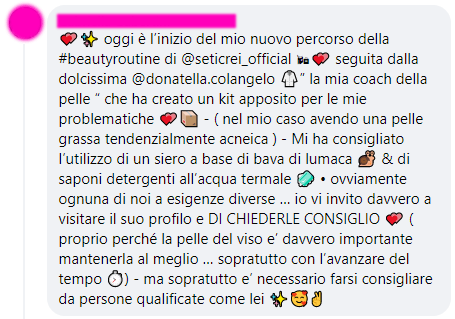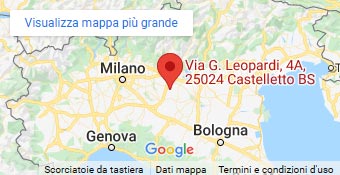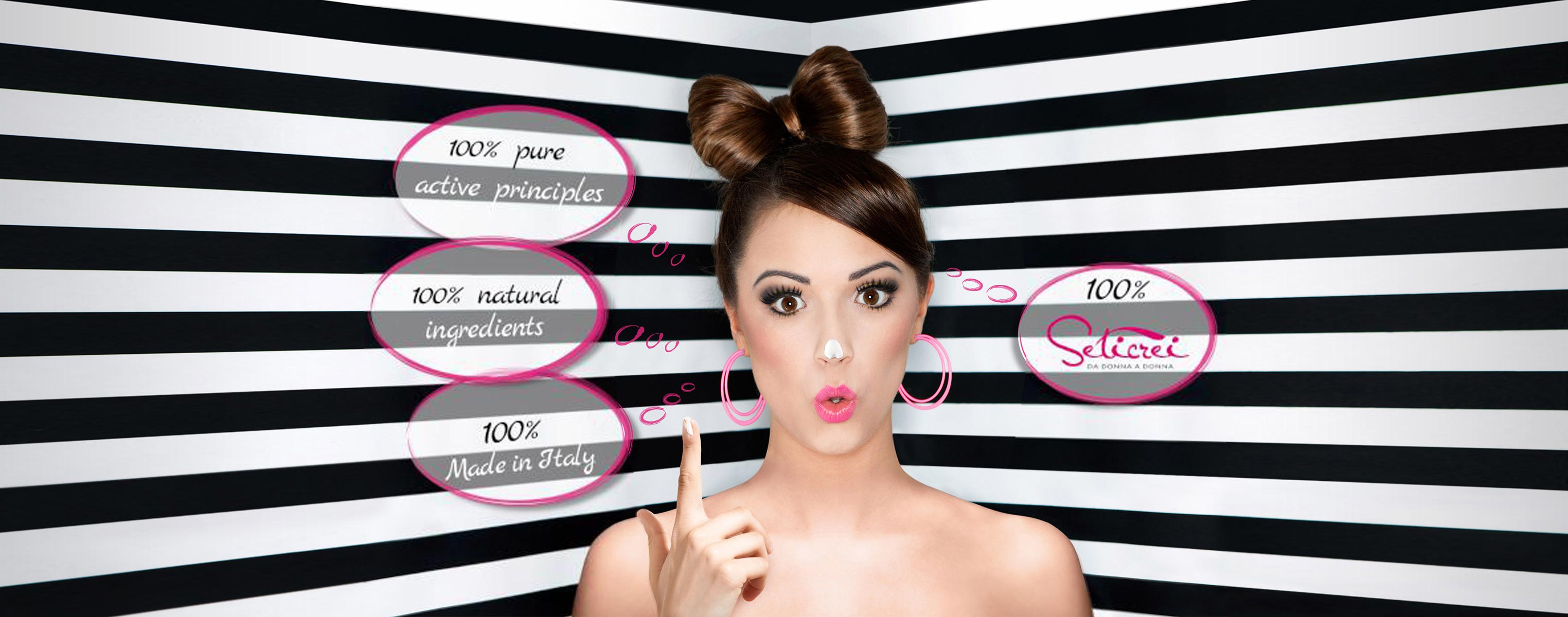
Seticrei: 100% natural cosmetic products
Seticrei is the Italian brand of 100% natural cosmetics.
What makes them so unique in the world?
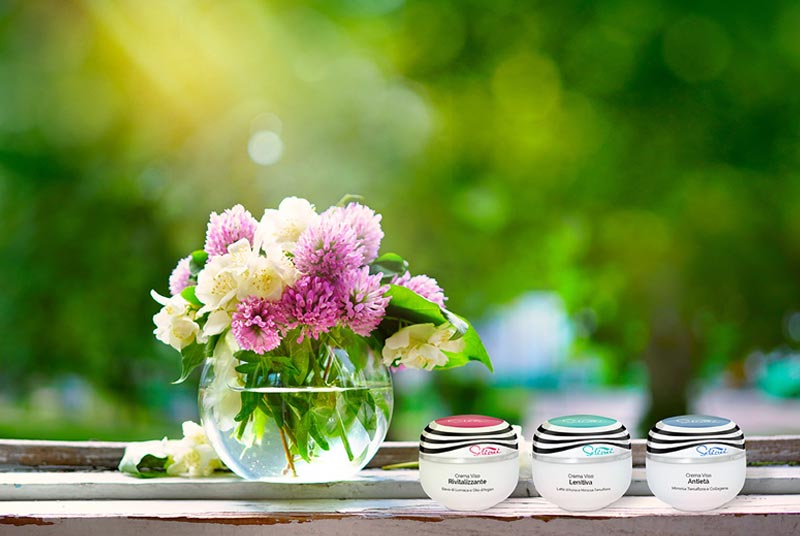
100% natural ingredients

100% pure active principles
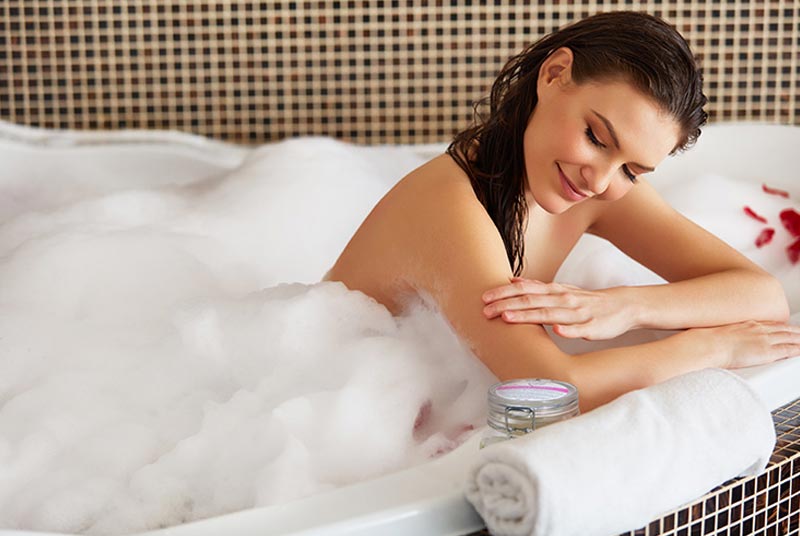
100% dermocompatible
Discover the natural active ingredients at the base of Seticrei cosmetics...
Discover the most suitable for you
Each of Seticrei's natural cosmetics is designed to address specific skin and treatment needs. Discover the most suitable for you!
Want to try Prestige Line's professional natural cosmetics right at home? Now you can buy them online!
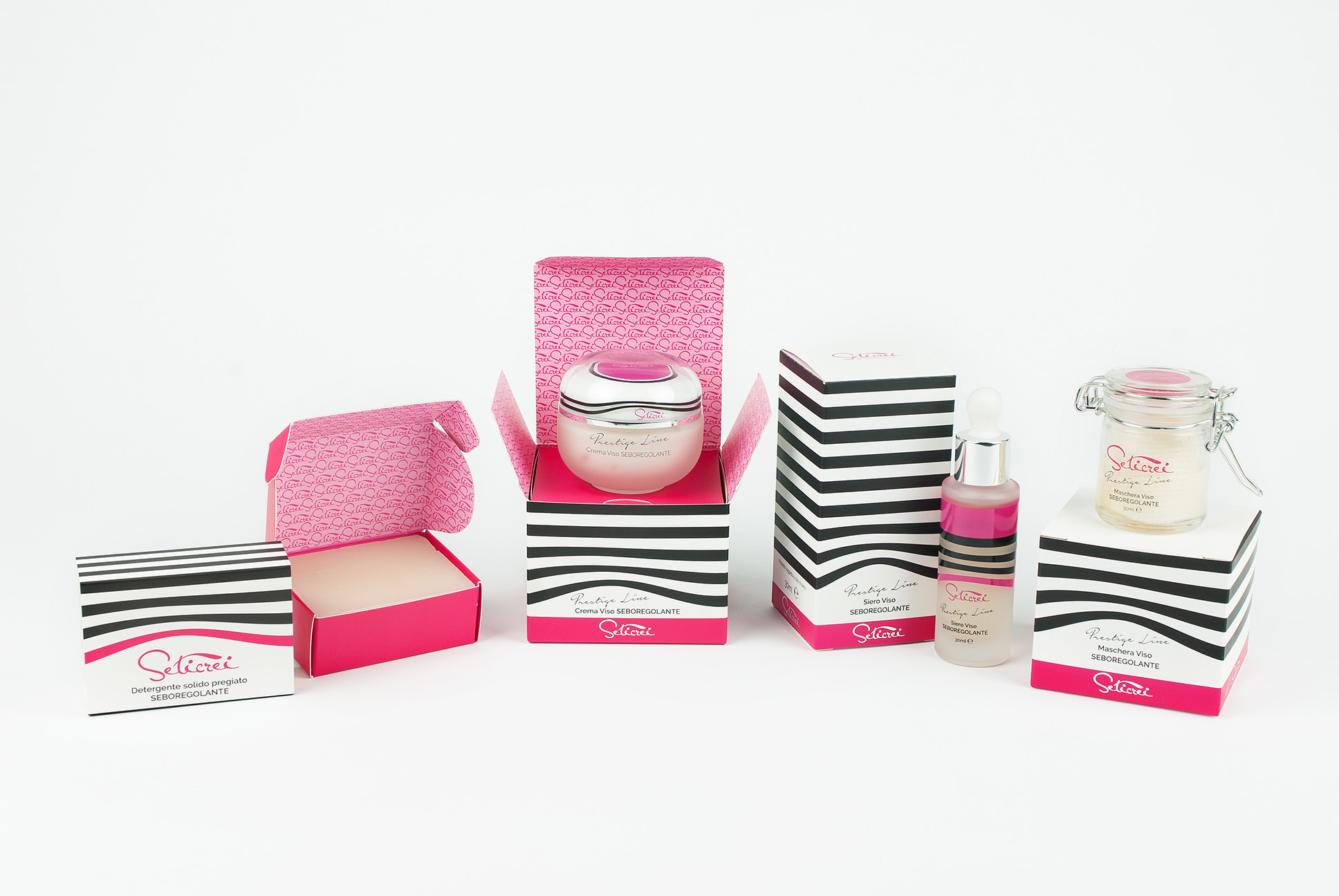
Sebum control face – Combination skin – With snail secretion and argan oil
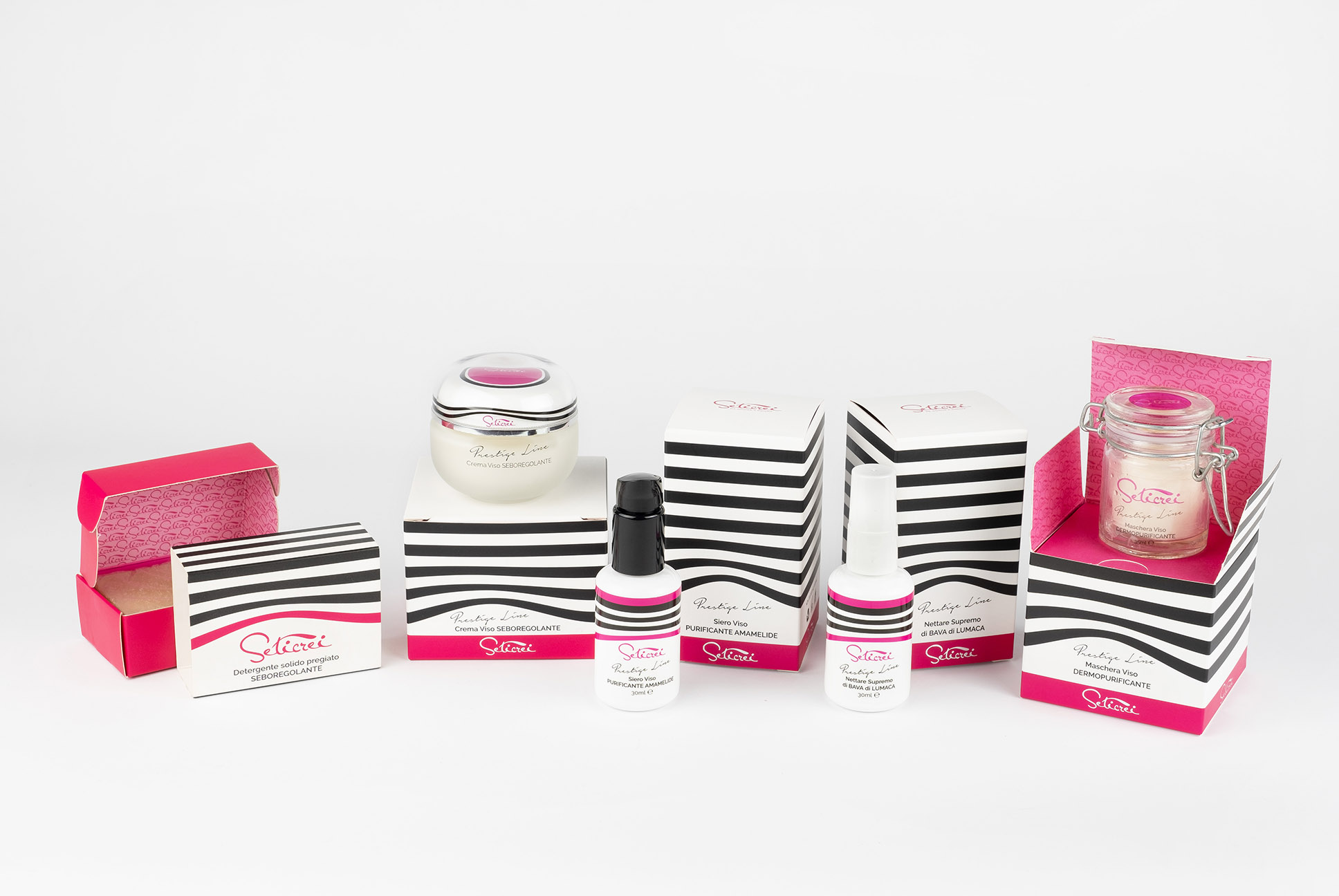
Sebum control face - Oily skin – With snail secretion, hamamelis, violet, nettle
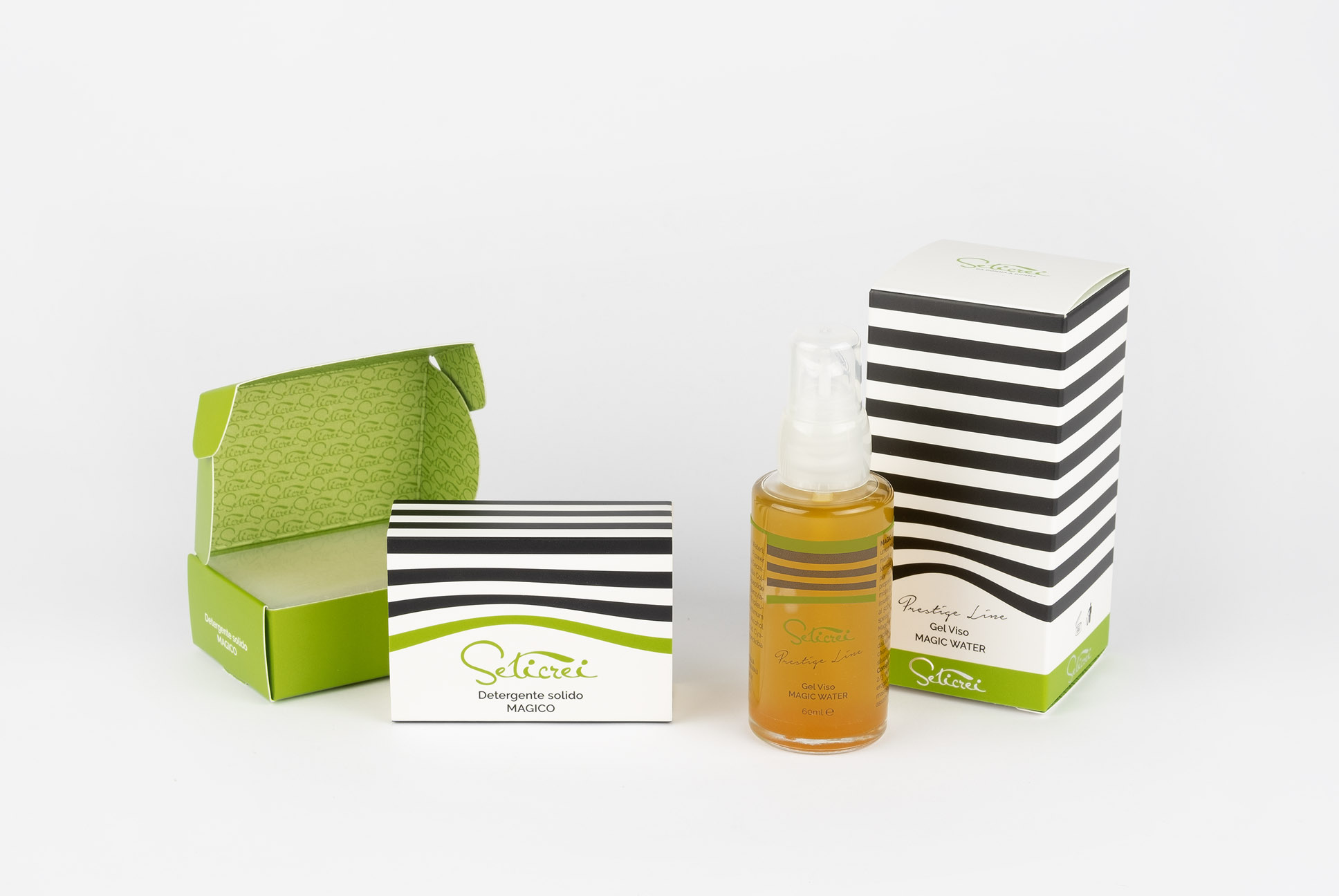
Linea Thermal water face – Mature combination /oily skin showing facial redness – With snail secretion, thermal water and lifting tripeptide

Gentle face – Sensitive, delicate and dry skin – With donkey milk
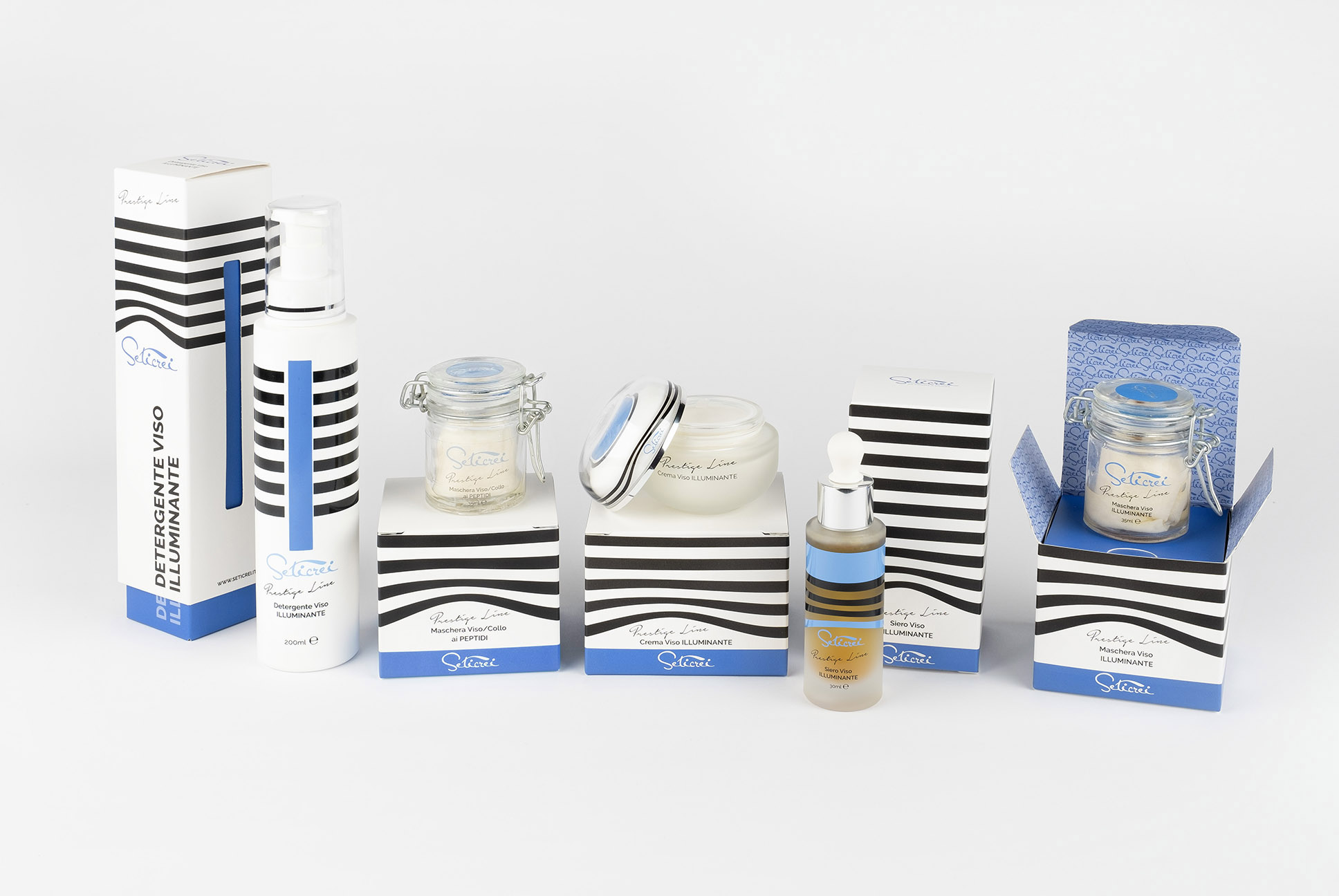
Brightening face – Dry and mature skin – With marine collagen
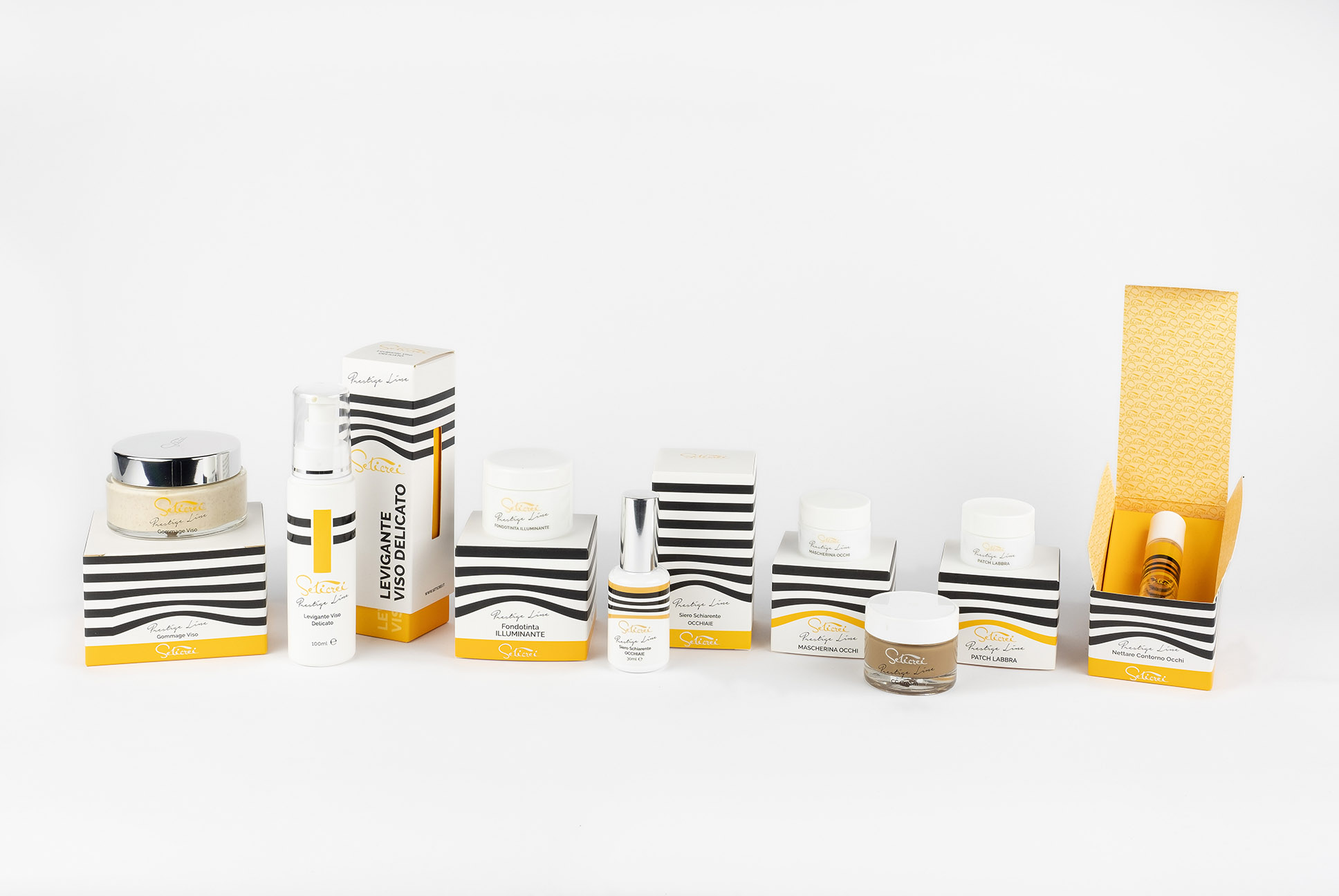
Other face products
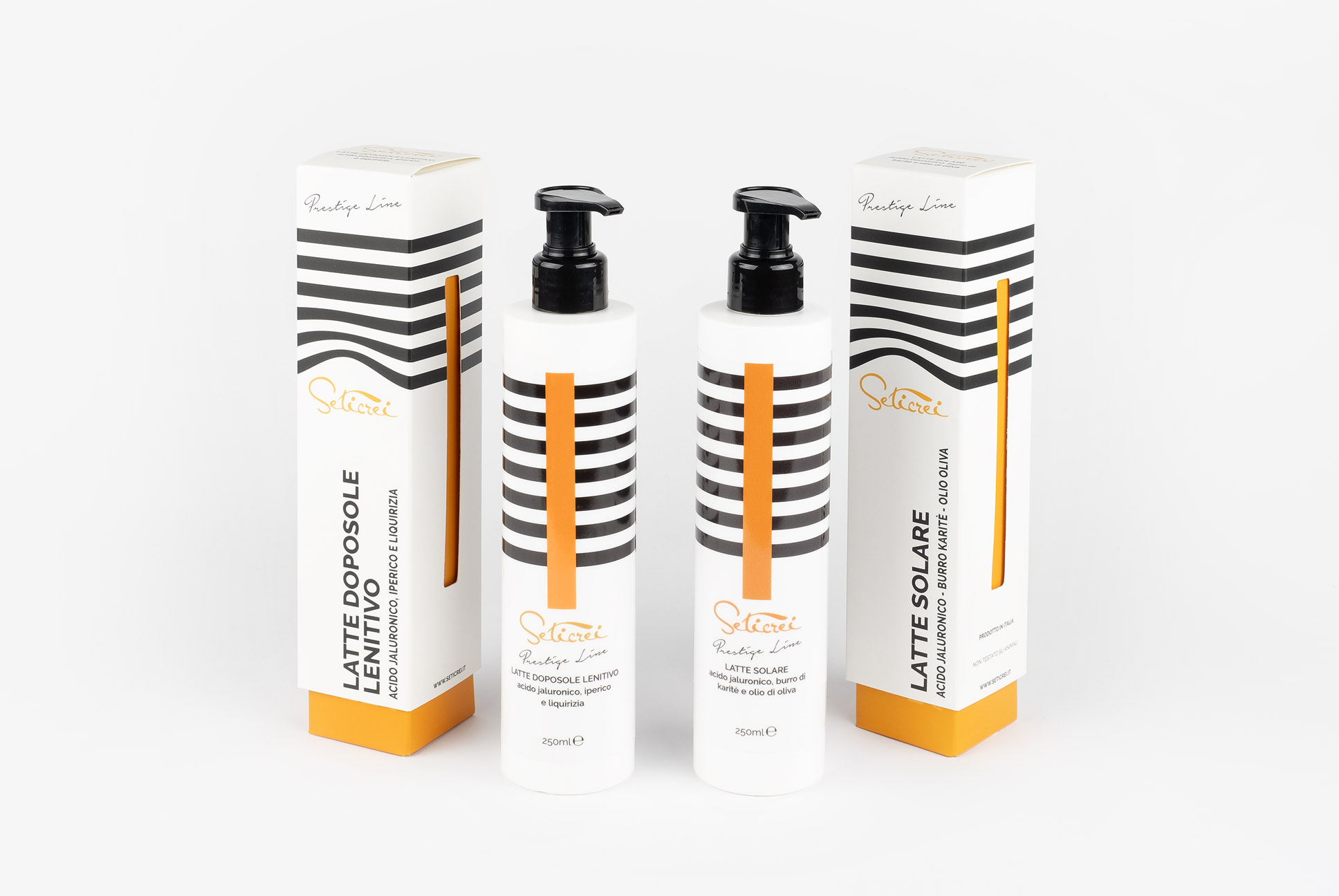
Sun care line
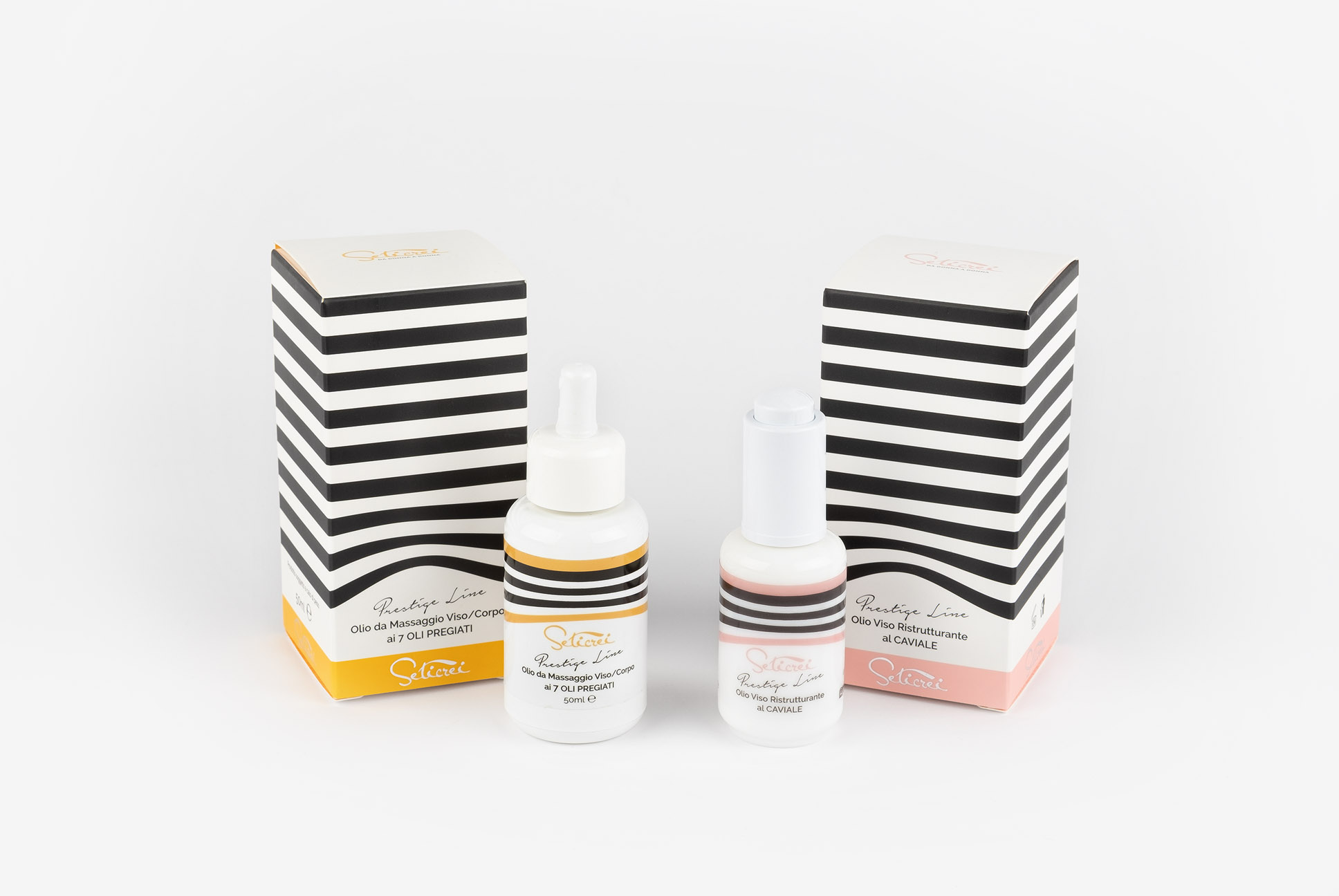
Massage oils
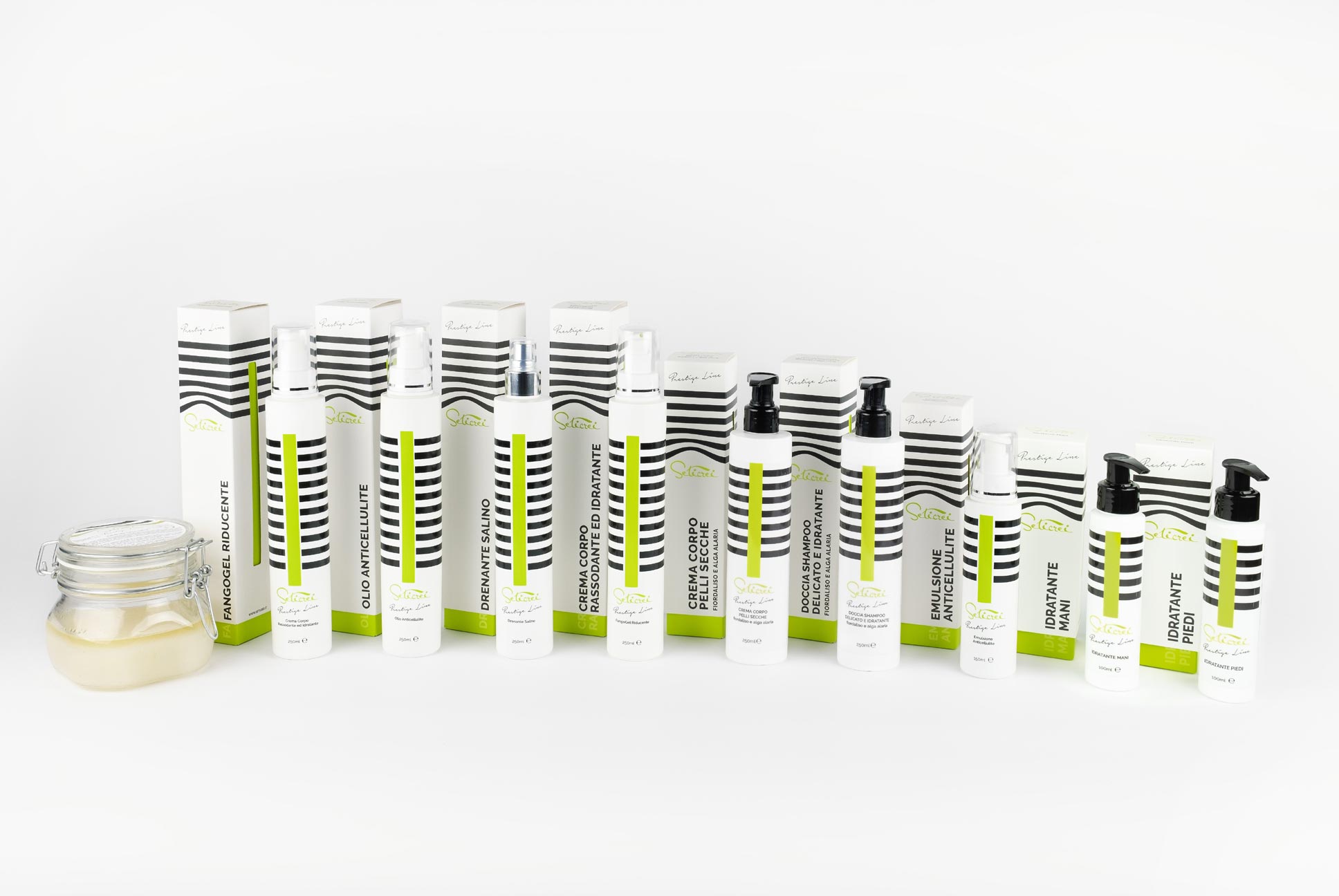
Body products
Discover the world of Seticrei
Product information, tutorials, resources for understanding ingredients, etc.
Everything you need to know to better design your beauty routine and get the most out of Seticrei natural cosmetics.
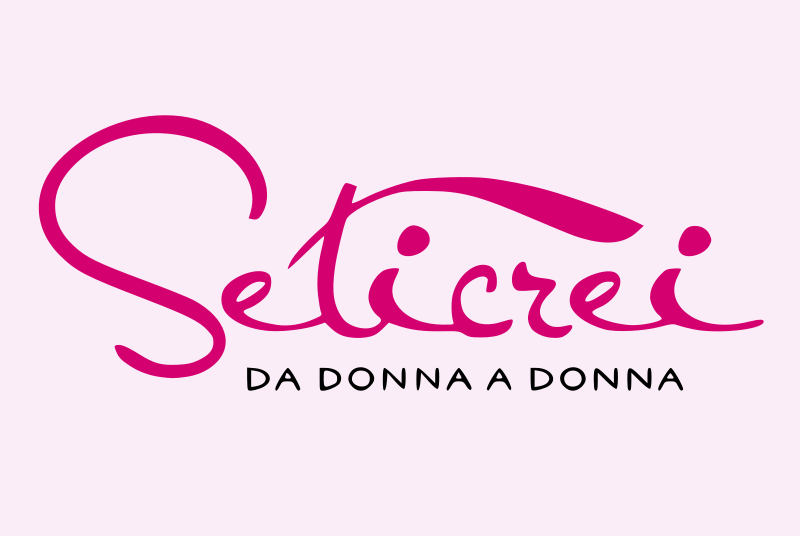
Seticrei: About us
Se Ti Crei: the philosophy is in the name.
Because everyone of us has ‘every day’ the chance to recreate ourselves, the important thing is deciding to and wanting to every day! Start your day with a SE TI CREI, think about what you would do for yourself and choose consciously!

Seticrei Academy
Learning Beauty: intensive workshops designed for estheticians and visagists.
Find out how to participate in upcoming training seminars: you'll learn Deep Natural Manual Lifting and study the principles behind the formulation of natural, high-performance cosmetic products.

Store locator
Find Seticrei products near you.
Seticrei's 100% natural cosmetic products are used and sold to the public at the best beauty salons in major cities. Here's where you can find them and... try them!
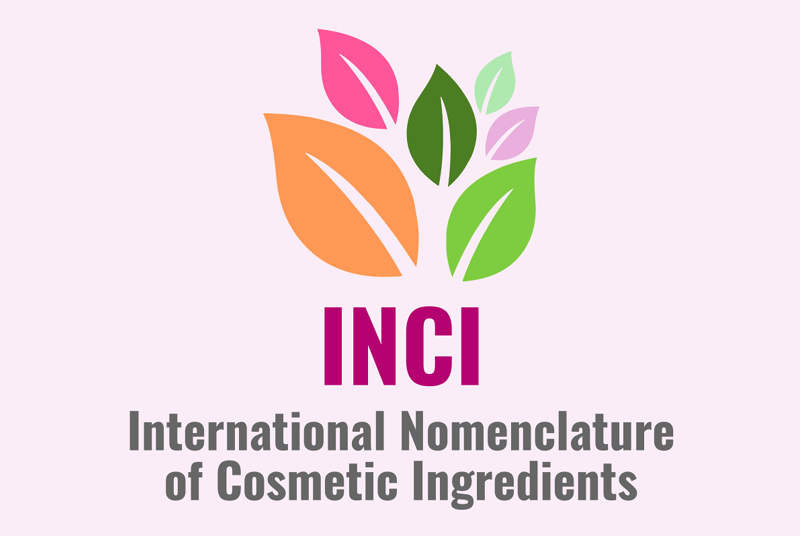
What is INCI?
What is the International Nomenclature of Cosmetic Ingredients?
Read the explanation of the main natural ingredients used in cosmetic products.
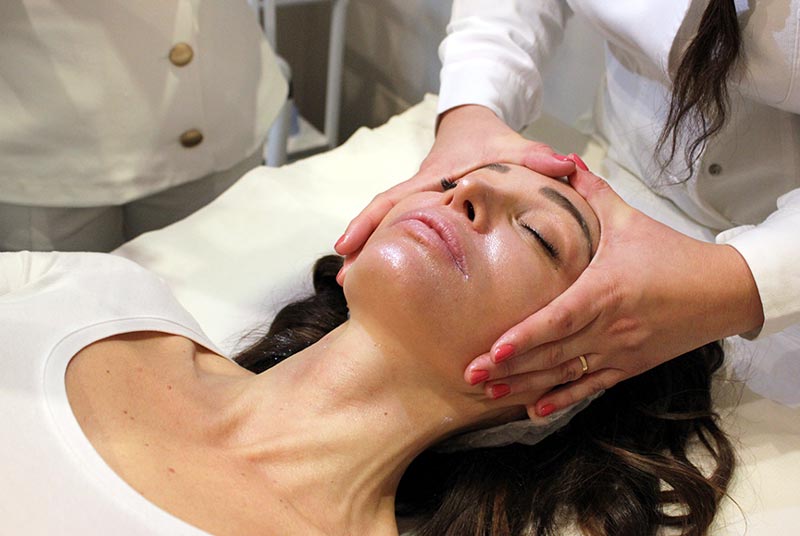
Deep Natural Manual Lifting
An exceptional massage which main objective is to lead you to a specific knowledge of what are facial muscles and what are the causes of wrinkles and expressive lines.
Combined with the use of Seticrei natural cosmetics, this innovative massage technique is very high performing.

Daily beauty routine
Beauty ritual: how to use Seticrei products
Skin health and beauty pass through small daily gestures. Discover the beauty routine - to be carried out morning and evening - recommended by Seticrei.

Video #1
The story of Donatella Colangelo and the acne that changed her life at the age of 16.
Not finding a solution... she decided to invent it, studying 100% natural and 100% effective remedies. This is how "Seticrei" was born!

Video #2
What is skin and what are its functions?
Skin speaks about us much more than what we say about ourselves. Here's why!

Video #3
How to recognize your own epidermal type.
"You have no idea how many people think they have a certain skin type and instead they have another skin type." This obviously carries over into the wrong beauty routine they use for their skin.
What they say about us





